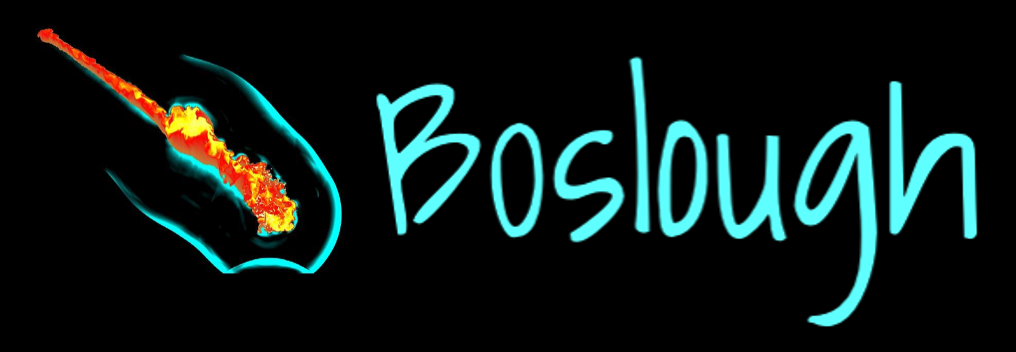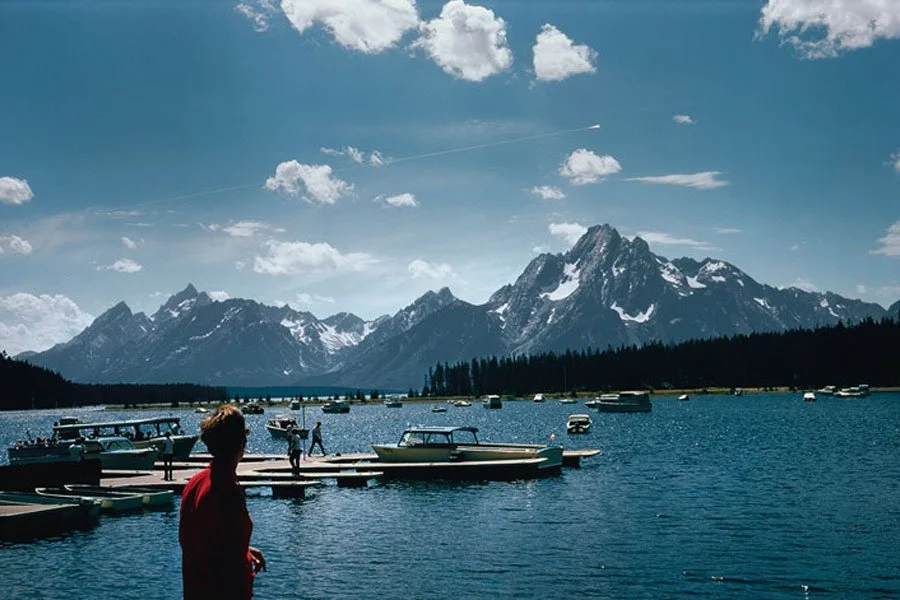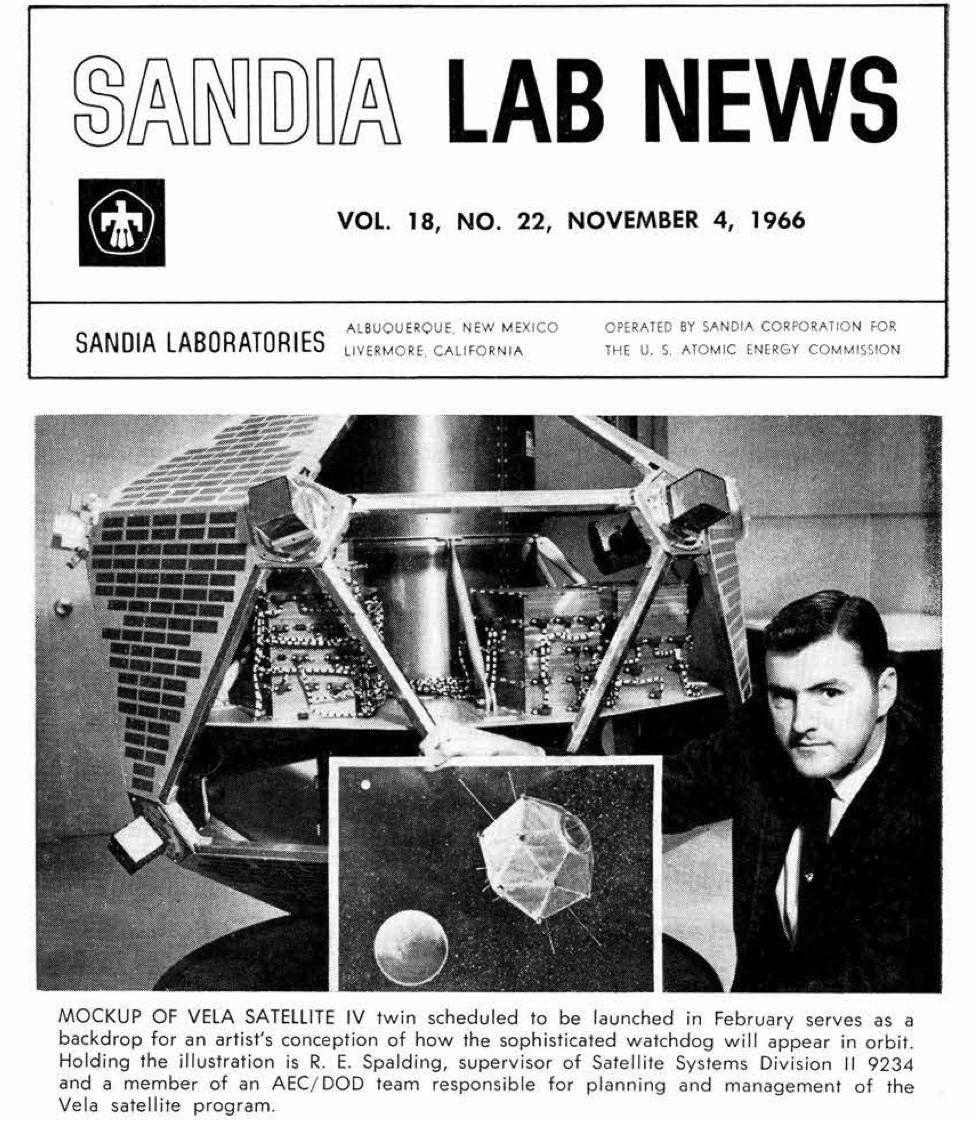Incoming! 1972 Asteroid Could Return on August 10, 2022!
Fifty years ago, on Aug. 10, 1972, our planet received a warning shot from the cosmos
It was the size of a small house, weighed 9,000 tons and was moving at 50,000 km/h. As it passed over the Grand Teton National Park, one alert tourist photographed the incandescent fireball and its long vapor trail. In less than two minutes, it had sliced through the Earth’s atmosphere and returned to space.
The slightest change of orbit during the billions of years it had been circling the sun might have sent the asteroid crashing upon any of the world’s great cities with an explosive force five times that of the bomb that destroyed Hiroshima.
The date was Aug. 10, 1972.
—Arthur C. Clarke, “The Hammer of God,” 1993
A Meteor That Missed Mountain States May Have Had Hiroshima Bomb Force
Tourists at on the eastern shore of Jackson Lake at the foot of the Tetons saw the near miss. They stopped and stared in shock as the mother of all shooting stars streaked across the sky above the jagged peaks to the west, shedding sparks and leaving a trail in its wake. I was there, a teenager on vacation with my family. The witnesses I spoke to thought it was a UFO, maybe alien visitors. But I’d recently read Philip Klass’s book “UFOs Identified” and I told them I thought it was probably a meteor. I was right, but there was a lot that I didn’t find out about it until later.
In those pre-internet days it would be a couple years, while watching Tom Snyder’s talk show with my college roommates in our dorm room, before I first got to see the photographs and a Super 8 home movie of the fireball. I also learned that it had been detected by a US government satellite. Snyder’s expert guest said it was a small asteroid that had “skipped” back out into space. He went on to say that if it had crashed into the earth, it would have exploded with the power of an atomic bomb, providing inspiration for the prologue to Arthur C. Clarke’s 1993 novel, “The Hammer of God”.
Photograph by James M. Baker (1972)
I went to the library to learn more. Italian-American physicist Luigi Jacchia, who also happened to be at Jackson Lake on Aug. 10, 1972, had written an article about it titled “A Meteorite That Missed the Earth” in the July, 1974 issue of Sky & Telescope. The New York Times wrote it up in a story called “A Meteor That Missed Mountain States May Have Had Hiroshima Bomb Force,” published on July 4, 1974. The Times story quoted Jacchia as well as a team from the Aerospace Corporation and Aerojet Systems Corporation in California, who had analyzed the satellite data. According to the Times:
From the meteor's apparent brightness, Dr. Jacchia estimates in the current issue of the astronomy journal Sky and Telescope that the meteor, which sped only 36 miles above the Idaho‐Montana border, night have measured 40 feet across and weighed 4,000 tons.
Such an object would have produced an impact about four times greater than the explosive force of the Hiroshima bomb, reckoned at about 20,000 tons of TNT.
A more modest estimate, that the meteor would have had just the force of the Hiroshima explosive, came earlier from scientists in California. They used readings from an infrared instrument aboard a military satellite.
From orbit the satellite observed the fireball's passage along a 1,000 mile pathway from south to north in 101 seconds.
The California scientists estimated that the meteor might have been more than 12 feet across and weighed about 1,100 tons. They noted that the meteor was approaching the earth at nearly 10 miles a second “and if it had been at a slightly lower altitude, the damage would have been very extensive.”
“Fortunately, meteors of this size are exceedingly rare,” the scientists said.
Frame from animation by Sandia National Laboratories
used in
“Hundred Year Impact” video which premiered at Comet Day II in 1996.
25th anniversary of the 1972 Earth-grazer
Two decades later I found myself working at Sandia National Laboratories, modeling the effects of impacts and airbursts. My colleague, Dick Spalding, was the senior scientist who had designed a satellite instrument to monitor atmospheric explosions, and had been picking up the signals from sporadic “superbolides” very much like the one we came to call the “Great Daylight Fireball of 1972.”
In the mid 1990s he started hosting workshops at Sandia to bring together a small group of meteor fireball and airburst experts from around the world. We timed our 1996 meeting to accommodate Gene Shoemaker, who was in town for a “Comet Day II” session I organized at a local conference. So in January, 1997, Dick sent out a message to a handful of attendees from previous years, including Gene.
Subject: 1997 Workshop on Satellite Observation of Meteoroid Impacts
Workshoppers,
Zdenek Ceplecha has suggested that it would be a good idea to try to schedule our workshop this year to be near the time of the SPIE San Diego so that they and others coming from overseas can combine travel.
Sandia National Laboratories (1966)
Dick went on to solicit opinions of participants for scheduling. I quickly responded to everyone:
According to Ceplecha (Astron. Astrophys. 283, 287-288, 1994), "...the body will come again close to the Earth sometime between 1997 July 30 and Aug 16, and the Earth will be at the same point 1997 Aug. 11".
I think late July would be the perfect time to hold our annual workshop so we can celebrate the 25th anniversary of the 1972 Earth-grazer, and anticipate its second chance to collide with the Earth!
Zdenek Ceplecha, a Czech meteor ablation and fragmentation expert and regular workshop attendee had published this statement based on analysis of the trajectory of the asteroid after its close approach in 1972. According to his 1994 paper:
New models of meteoroid ablation and fragmentation applied to this fireball yielded ≈ 5 m as the most probable size of the body at perigee. The maximum possible size of the body in its orbit at present is 10 m with a dark fusion crust on its surface. The body will come again close to the Earth sometime between 1997 July 30 and Aug 16 and the Earth will be at the same point 1997 Aug. 11. But this is just a rough estimate from semimajor axis and its standard deviations. Solutions with incorporated gravitational perturbations are needed for any recovery efforts.
By “recovery” he meant attempts to observe a close passage by telescope.
Astronomical skepticism
One of my colleagues responded to me, privately:
I trust you are joking a bit with the Ceplecha bit on the Earth return. Any orbit that could be obtained from the 1972 fireball graze is so hopelessly inaccurate that there is no chance of predicting a future close approach, this year or any other year. This is the kind of claptrap that gives NEO impact work a bad name and a lot of giggles.
I conceded the point about uncertainty but still thought that astronomical recovery would be worth attempting. My colleague followed up:
Yes. I would guess that the uncertainty is at least 1 AU. In fact, I wouldn't believe the orbit period to be reliable enough to predict even where in the orbit the object is by now -- could be clear opposite the Earth from the sun. The only thing one can relaibly say is where the point of intersection is. Thus, just like a meteor stream, any re-encounter will be at about the same date, but as far as predicting one year verses any other, I think it is hopeless.
Here's a quick synopsis of the logic: The bolide streaked through at something like 15-20 km/sec. I'll eat my hat if a realistic determination of the exit velocity could be better than 10 m/sec -- that's one part in a thousand, I'll bet on lots more than that, but let's be conservative. Since v is not far above escape velocity, that grows to several 10's of m/sec outside the Earth's gravity well, say 30 m/sec. Times 3e^7 seconds per year is 10^9 m/year uncertainty in where it has gone, or .01 AU per year. Times 25 is 0.25 AU uncertainty, and I remind you, I am being very, very generous and conservative in estimating the error. My real feeling is that we could be wrong by a full orbit or even several in where it is in the solar system by now. Even taking 0.25 AU as the range of error, there are at any given moment thousands of objects this size that close to the Earth, so even if you had the capability to hunt that small, you would find thousands of other objects before you might chance to find the one your are looking for (if you can think of any reason even to be looking for that specific one!).
He continued in another message:
…I do believe it is really much larger, but I won't quibble. You are right in your statement that even 20 m is too much to bother hunting -- it's an impossible task and even if you could search that far out you would find thousands of other bodies first - enough to make you completely lose interest in any one of them.
Golden opportunity on golden anniversary?
What if Ceplecha had somehow gotten it right and it the small ablation-crusted asteroid did make a close approach in 1997? That would mean that its 1972 encounter had coincidentally put it on an approximate 25-year resonance. According to his calculations, the orbital period of Crusty was 1.785 years. That would mean that the first time it returned to the scene of the crime would have been around May 24, 1975, when Earth was nearly a quarter of orbit behind the only possible collision point. But a 1.785-year orbit would mean that 14 trips around the sun for the asteroid would be almost exactly 25 trips for the Earth. They would arrive at the same place at the same time. We know with certainty that the Earth would return to the point of crossing on the same date (modulo 1-day leap year jitter) in 1997. We also know that the asteroid’s orbit would put it back at that location. The remaining question was, would they arrive at the same date and time? Since there was not large airburst on or near that date in 1997, we know it’s still out there.
If Ceplecha was right about it having a close pass with Earth in the summer of 1997, then there were several possible outcomes. By far most likely was that it that it didn’t pass very close, but close enough to have its orbit modified significantly by Earths’ gravity. That would most likely give in a new orbit that no longer intersects with Earth’s eliminating the possibility of an impact anytime soon, but it could also remain in the 25-year resonance and come close again this year. The second possibility is less likely—a very near pass, perhaps inside geosynchronous orbit like Apophis in 2029. There are two possible outcomes of such a near pass. First, Earth’s gravity could fling it into a vastly different orbit with no chance of return. Second, with vanishingly small likelihood, it could pass through a resonant keyhole that would bring it back to smack into our planet on the same date, sometime in the future.
No matter what happens, there are more and bigger telescopes and far better surveys now than there were in 1997. So if it comes anywhere close, it’s far more likely to be rediscovered this time around. If it was relatively unperturbed in 1997, and it was on a near-resonance after 1972, then there is still a chance that it will pass nearby at the 50-year mark, after it has gone around 28 times.
Clickbait isn’t usually good science
Back in 1997, I asked another observational astronomer for an independent opinion. He responded:
…how did Ceplecha get past the peer reviews? Maybe the publisher just gave in because this is such a popular topic.
And there you have it. “Academic clickbait” is a thing, and even top scientists, as Zdenek Ceplicha was, are prone to it. So are editors of respected journals.
The probability of an August 10, 2022 encounter is vanishingly small, but not zero. That means my own click-bait headline at the top of this very essay, and the clickbait image that illustrates it, are (technically) correct. Speculation about extraordinarily low probability events is fun, but it’s for blogs and pub conversations, not for academic journals or respectable newspapers.
Still, I think my skeptical astronomer colleague was wrong on the final point he made 25 trips around the sun ago, that the thousands of other bodies you might find will make you “completely lose interest” in any one of them.
As I said in a blog post “UFO Over the Tetons” 10 years ago, on the 40th anniversary of this event:
Because of this careful science, we now know that somewhere out in space there is a tiny asteroid with a thin glassy crust it got from the minute it spent rocketing through Earth's atmosphere as the "Great Daylight Fireball of 1972." Such is the glory of nature.
I don’t care how low the probability is. I haven’t lost interest in this object. In 1972 we arrived at Jackson Lake a minute or two after the passage of the fireball. We had been in the car, and we missed it. I will be looking at the sky on August 10. Because if it does show up, I don’t want to miss my second chance to see it.
Art by Don Davis. An asteroid the size of the Great Daylight Fireball of 1972, if it enters on a steep trajectory, would explode.
Mark Boslough is a Fellow of the Committee for Skeptical Inquiry and chair of the Asteroid Day Expert Panel.




